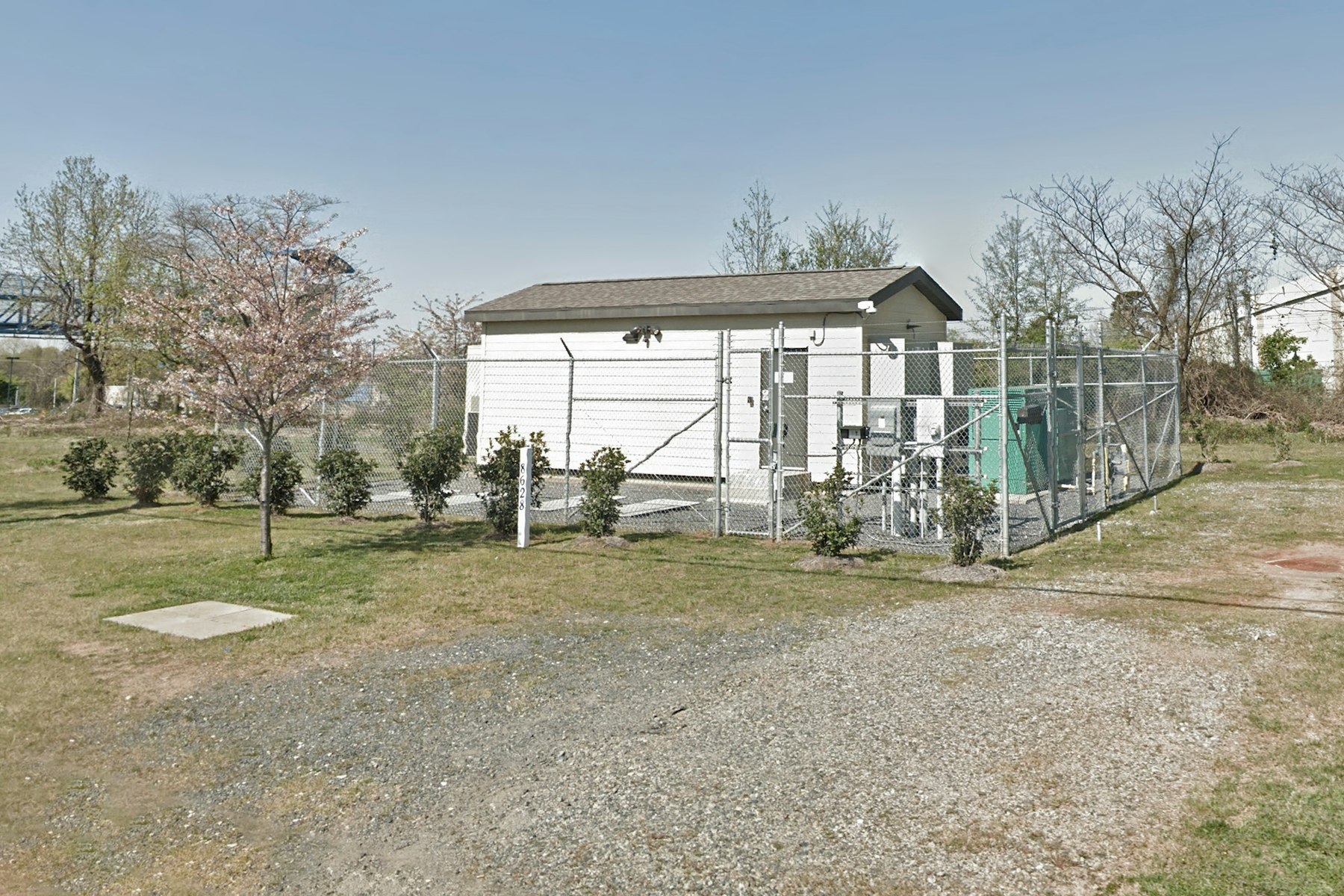Coronavirus ruins everything, including that which the present home had preserved from the architectural myth of the primitive hut until the 21st century. Marc-Antoine Laugier’s ‘petite cabane rustique,’ human’s first house and retreat allowed both its inhabitant and architect to dwell inside it and return to simplicity, naturalising both aesthetic and social conventions. Now, any disciplinary or patriarchic founding myth won’t help. The home depends on download as well as upload rates, that is, on its connection to the fibre-optic network that transfers data and protocols instantaneously: from the global market, aka Amazon, to online banking and video streaming, to the systems that patrol the garden, heat and cool the bedroom.
In times of staying home, high-speed internet is the new fundamental of a house, its new simplicity, emblematised in Google’s own primitive ‘fiber huts’ shaped after a ship container or (rather unconsciously) an Amazon cardboard box. They house cables, have a barbed wire fence around them, and occupy 130 square meters of public space each (to be provided by the local municipality). A part of the Access division of Alphabet, Google Fiber provides fibre optic-based broadband internet and delivers high-speed connectivity currently deploying in 19 cities across the US. For the operation of this fibre optic network Google needs detailed data including maps of local utility poles, conduit and existing water, gas and electricity lines. The primitive hut has transformed from an anthropological into an infrastructural cabane rustique.

Google Earth screenshot, Street View of a Google “Fiber Hut”, Charlotte, North Carolina, 2020.


Comments